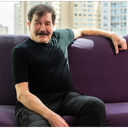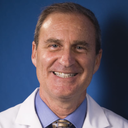Posted underLaser Resurfacing q&a
Since Melasma is Best Treated with Hydroquinone Cream, What is the Strongest Stength That Can Be Purchased with a Prescription?
I have a hydroquinone 4 percent is there anything stronger?
Answers (10)
From board-certified doctors and trusted medical professionals
Dr. Mark Taylor, MD
Dermatologic Surgeon, Board Certified in Dermatology
Answer
More Laser Resurfacing Questions
See all Laser Resurfacing Q&AWE SEND PRETTY
EMAILS
What’s trending? Who’s turning heads? Which TikTok myths need busting? We’ve got you. No fluff, no gatekeeping—just real talk. Get our free, unfiltered newsletter.

